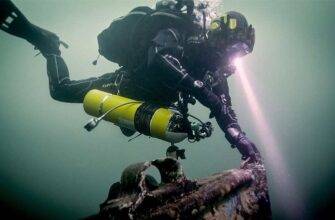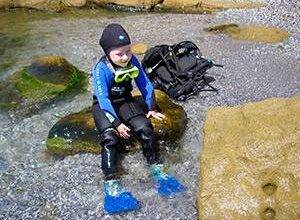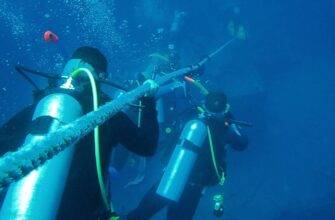Masks (and other pieces of diving equipment) are mostly made of neoprene rubber or silicone. Silicone masks are generally more expensive than neoprene masks, but they have advantages that justify the cost difference.
These advantages include that silicone lasts three times longer than neoprene, is generally softer and more comfortable, looks more attractive, irritates sensitive skin less, and allows light to pass through the sides of the mask allowing partial side vision.
For check to check the fit, place the mask over your face without the strap and inhale through your nose. The appropriate mask should suck in and remain in place while you continue to inhale. If you have to press the mask against your face to get it to fall into place, then the mask is not right. Try other masks until you find the right one. Also, make sure that you can easily pinch your nostrils to the outside of the mask.
Choose a mask that fits and has the six desirable design features. Other features such as color, shape and type are a matter of personal preference. If you need vision correction, consider this when choosing a mask. One way to choose the most optimal mask is to choose with the help of your Instructor.
Preparation for Use – In modern masks, the surface of the facepiece is covered with an oil film (a protective coating of silicone and rubber left over from the manufacturing process) that must be washed off.
If you do not do so, condensation (fogging) will occur on the sight glass surface during dives, which will impair vision under water. To remove the film, wipe the sight glass inside and out with a soft cloth with gel-free toothpaste.
Read More:




